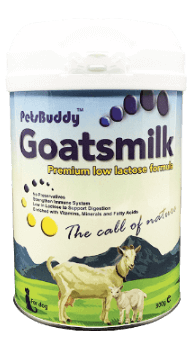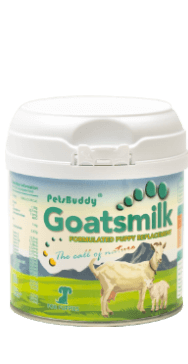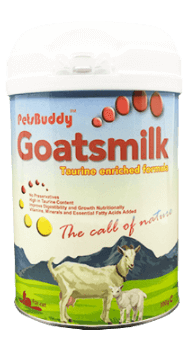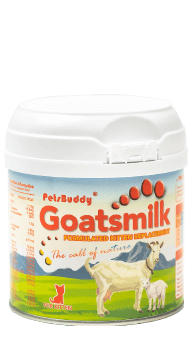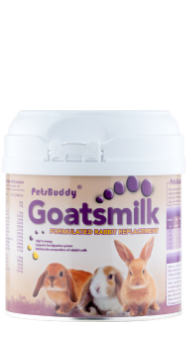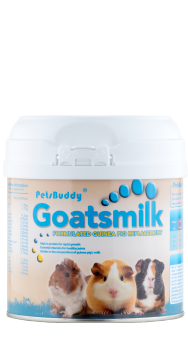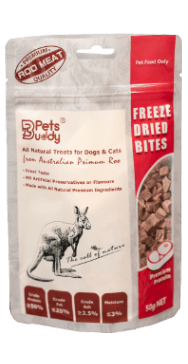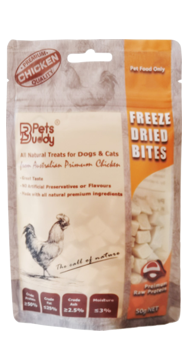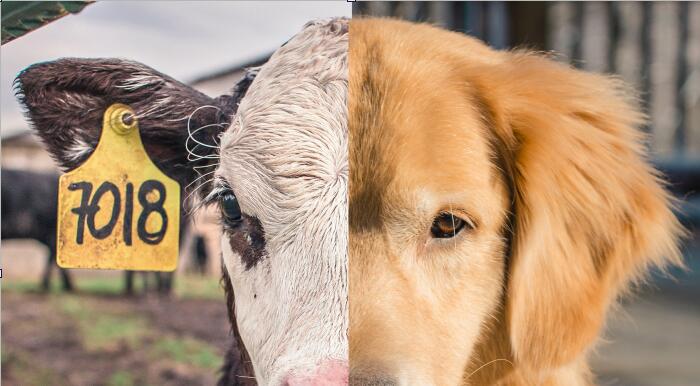Feeding pets like people continues to drive pet food sales growth and innovation, David Sprinkle, publisher and research director of Packaged Facts said in his presentation at Petfood Forum CONNECT. As part of that humanization of pet food, people who look for natural, organic, animal welfare and similar marketing claims may tend to seek those qualities in ingredients used in their pets’ diets.
“Sustainability, animal welfare and ethical sourcing of ingredients, those all have a lot of play remaining in the overall pet food market, both mass and specialty,” Sprinkle said.
Nearly half of respondents to a Packaged Facts survey either somewhat agreed (29%) or strongly agreed (21%) with the statement that they consider natural and organic pet food to be safer than regular food. The survey included approximately 1,000 pet owners from a representative demographic sample in the United States.
Natural and organic pet food also ties into other issues with these products, he said, including cage-free poultry and non-GMO.
“The idea of safety also gets into animal welfare issues and agriculture issues spilling over into these different attitudes and approaches that go beyond the simple nuts and bolts of pet food,” Sprinkle said.
Pet owner awareness of livestock welfare
In Packaged Facts’ survey, the degree of concern about ethical treatment of animals raised for pet food and treats ranked near consumers’ degree of concern about artificial ingredients in pet food.
When a pet food company does choose to market their products as using humanely raised livestock or other sustainability claim, they need to walk the walk. Pet owners who care about social and ecological issues tend to be studious. Pet food brands can help consumers by providing information on their own website and other media channels. However, pet food marketers shouldn’t expect consumers to limit themselves to commercial websites’ official views.
Animal welfare, ethical sourcing and other aspects of sustainability continue to grow as influences on pet food customer decisions. Pet foods developed to meet these trends present both innovation opportunities and public scrutiny.
